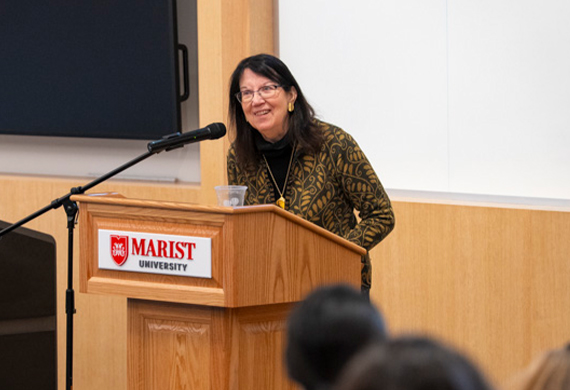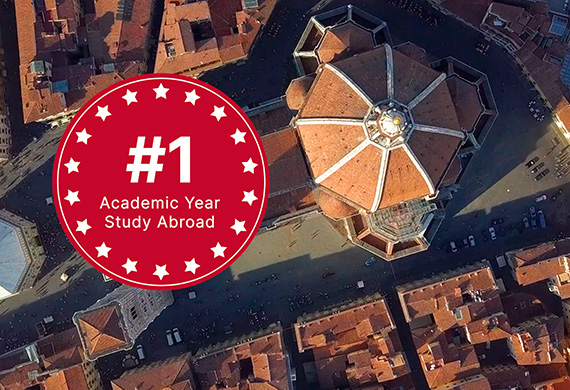The Immortal Life of Henrietta Lacks: The Story Continues
Her name was Henrietta Lacks, but scientists know her as HeLa. She was a poor black tobacco farmer undergoing cancer treatment whose cells—taken without her knowledge in 1951—became one of the most important tools in medicine, vital to the development of modern vaccines, cancer treatments, in vitro fertilization techniques, and more. HeLa cells are the most widely used human cell lines in existence. Mrs. Lacks’s cells have been bought and sold by the billions, yet she has been virtually unknown.
Veronica Spencer and David Lacks, Jr.
1 p.m., Wednesday, Oct. 9
McCann Center
Followed by a book signing
The event is free and open to all members of the Marist community and the public
The international success of Rebecca Skloot’s New York Times best seller, The Immortal Life of Henrietta Lacks, has left people keenly interested in the Lacks family and Mrs. Lacks’s legacy. On Aug. 7, 2013, the National Institutes of Health announced that it had reached an understanding with Mrs. Lacks’s descendants to allow biomedical researchers controlled access to the whole genome data of cells derived from her tumor.
In this appearance, Veronica Spencer, Mrs. Lacks’s great granddaughter, and David Lacks, Jr., her grandson, will share what it meant to find out—decades after the fact—that her cells were being used in laboratories around the world. The family’s presence will put a personal face on issues such as the history of experimentation on African Americans, the birth of bioethics, and the legal battles over who controls what our bodies are made of.
The Immortal Life of Henrietta Lacks was designated as the Common Reading for incoming Marist first-year students in fall 2013. The Common Reading is a cornerstone of the Marist Core, a curriculum required of all students at the College.



